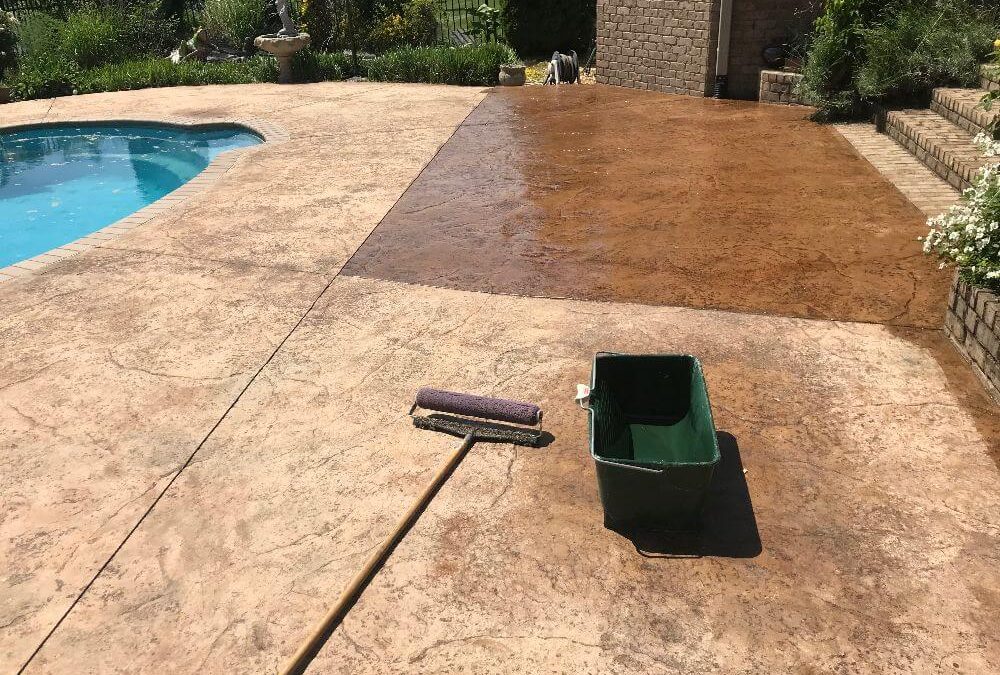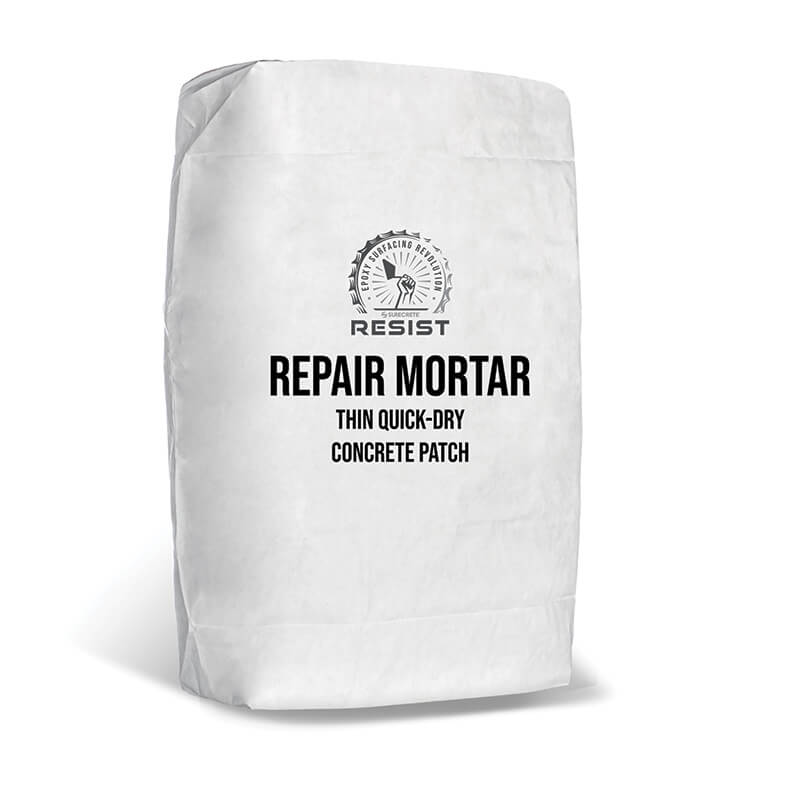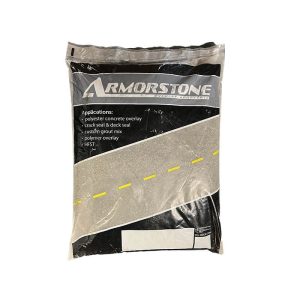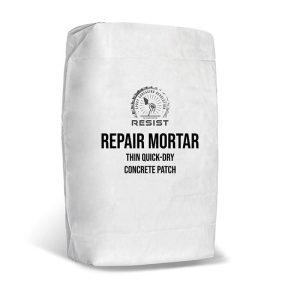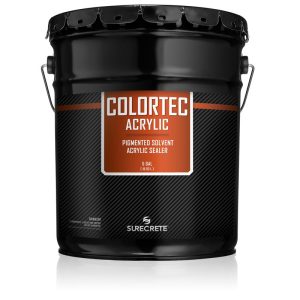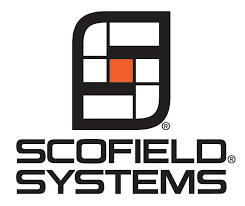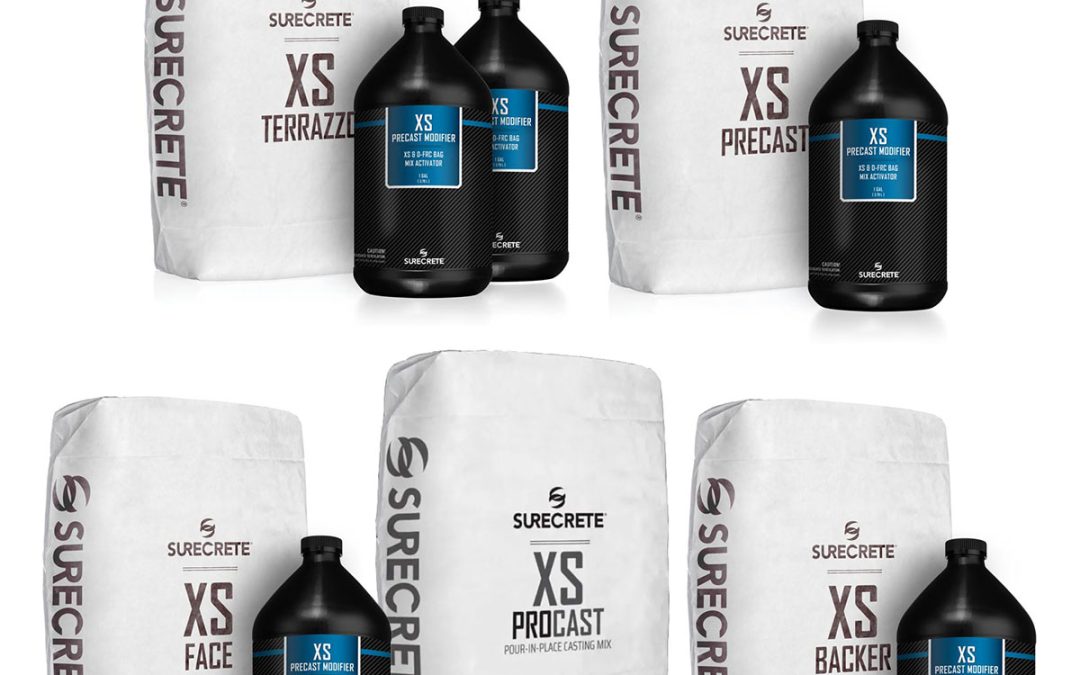RESIST Repair Mortar is a single-component, high compressive strength, self-bonding, cement-based patching compound that sets up rapidly, with a 10-minute working time. Due to its relatively fine aggregate (sand), it may be feathered nearly to zero. RESIST REPAIR MORTAR may be overlaid or put in service the same day the patch is applied; there is no lengthy cure time required (see timelines below). This product offers superior bonding power without additional bonding agents, able to patch low spots, divots, and spalls in concrete floors. RESIST Repair Mortar is designed for heavy traffic repairs, as it has the resilience to patch commercial loading docks, parking lots, walkways, entryways, and parking garages.
Repair Mortar Features
- Stronger bond strength than liquid polymer products
- High compressive strength
- Fast setup and cure times
- Tintable via SC TruColor
TEMPERATURE / CURE
- Air and substrate surface temperatures shall range between 40° F (10° C) and 85° F (29°C) during placement and remain within range for a minimum of 4 hours after placement.
- No precipitation should occur during or within 3 hours of placement.
- The temperature must remain above freezing for a minimum of 24 hours after placement
- Cure/Set times at 77° F (25° C) ambient temperature
a. Initial set in 15-25 minutes
b. Light traffic in 45-60 minutes
c. Heavy traffic in 3-6 hours
SURFACE PREP
The principles for surface penetration for RESIST REPAIR MORTAR are aligned with cement-based overlays placed on concrete and remain constant; the substrate must be:
CLEAN | The surface must be free of dust, dirt, oil, grease, paints, glues, sealers, curing agents, efflorescence,
chemical contaminants, rust, algae, mildew, and other foreign matter that may serve as a bond breaker.
CURED | Any concrete must be sufficiently cured to have sufficient hydration, approximately 7-14 days depending
on temperatures and humidity.
SOUND | No system should be placed upon concrete that is flaking, spalling, or has hibernating spalling.
PROFILED | Proper profile should follow the standard established by the International Concrete Repair Institute (ICRI) Technical Guideline no. 03732 for Concrete Surface Profile (CSP).
The established profile is categorized as CSP-1 through CSP-4. The most common means to properly profile many concrete slabs (especially exterior slabs) is through the use of a pressure washer equipped with a turbo-tip and the use of SCR (see SCR TDS).
Some concrete slabs that are hard-troweled or that are not sound may require more aggressive profiling through diamond grinding or shot blasting.
